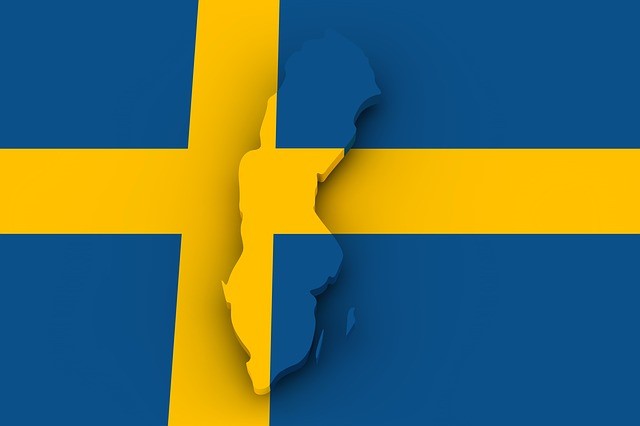Sweden has finally become a part of NATO, making it the 32nd member of the alliance.
Secretary General Jens Stoltenberg noted the action makes the entire alliance stronger. The action came following a vote by Hungary’s parliament, the last holdout regarding Stockholm’s application. In a statement, Stoltenberg noted that “I welcome the Hungarian parliament’s vote to ratify #Sweden’s membership in NATO.”
The Nordic nation provides a significant boost to NATO’s armed forces. Overall, it is ranked as having the world’s 29th (out of 145) most powerful military.
Published sources indicate that “The Swedish Armed Forces is made up of 24,400 active personnel, 11,400 military reserves, 21,500 Home Guard and 5,200 additional conscripts yearly into the Reserves (set to increase to 8,000 conscripts yearly by 2024) as of 2022. The Swedish army has 121 tanks (Leopard 2A5/Strv 122), roughly 1,300 APCs (Patria XA-360/203/180, RG-32 Scout), 800 IFVs (550 CV9040, 150 Bv410, 90 Bv308/309), 11,300 utility vehicles (ex. Bv206/208, MB G-Class 6×6 and 4×4, MB sprinter), 84 towed and 40 self-propelled mortar (12 cm grk m/41, grkpbv90) and 48 self-propelled artillery guns (Archer). It also consists of several different specialized vehicles. The Swedish Navy has a total of 387 ships, including 4 submarines (3 Gotland, 1 Södermanland), 7 corvettes (5 Visby, 2 Gävle), 9 minesweepers (5 Koster, 4 Styrsö), 13 larger patrol boats (2 Stockholm and 11 Tapper) and 9 specialised ships with different support duties. The rest is made up of different smaller vessels such as the CB90. Currently the Swedish Airforce has a total of 210 aircraft, 94 of those being JAS39C/D Gripen (60 JAS39E on order), 6 C130H Hercules (1 with aerial refueling capabilities), 4 SAAB 340 (2 AEW&C and 2 VIP transport), 4 Gulfstream IV (2 SIGINT and 2 VIP transport) as well as 15 UH-60 Blackhawk, 18 NH90 and 20 AgustaWestland helicopters. The rest is made up of different transport and trainer aircraft.”
International experts at the Wilson Center including Jason C. Moyer and Henri Winberg explain that “As a member of NATO, Sweden will provide the Alliance with 1) support from its strong defense industry, 2) high-technological competence, and 3) a significant air force. These contributions will be crucial in preparing the Alliance to combat modern threats, as well as providing a dramatic multiplier to NATO’s capacity in two vital regions—the Baltic Sea region and the Arctic. With Sweden’s modern and diverse capabilities soon to be added to NATO’s toolkit, it is worth taking a look at what the country will contribute to the Alliance, now and in the future…he country’s largest defense companies produce some of the most sophisticated equipment on the market, such as Saab’s Jas 39 Gripen and BAE System AB’s Combat Vehicle 90…The second benefit is the high level of technological competence in Sweden’s private sector. Sweden’s extensive public-private partnerships, considerable R&D funding, and highly-ranked education system are some of the factors behind its success in high-tech. The government launched a national ‘Cybercampus’ initiative in 2020 in partnership between the Swedish Defense Forces, public universities, and private companies, and established the Centre for Cyber Defence and Information Security in Stockholm. As NATO expands its ability to counter cyber and hybrid threats, Sweden’s technological know-how will help prepare the Alliance to prepare for tomorrow’s threats. In addition, with Sweden in NATO, two of the three manufacturers of 5G equipment—Ericsson and Nokia—will be in the same defensive alliance.”
The recent entry of Finland in 2023 and now Sweden is a clear rebuke to Russia’s Vladmir Putin, who at various times issued dire threats if the Nordic nations joined. Since his invasion of Ukraine, formally passive nations have realized that Russia presents serious and imminent threats to all its neighbors.
Illustration: Pixabay
